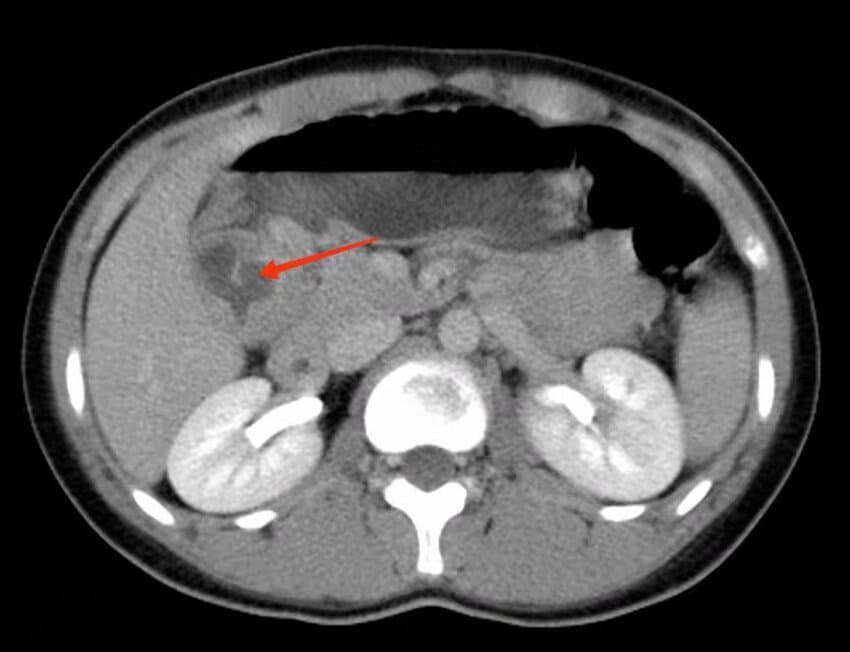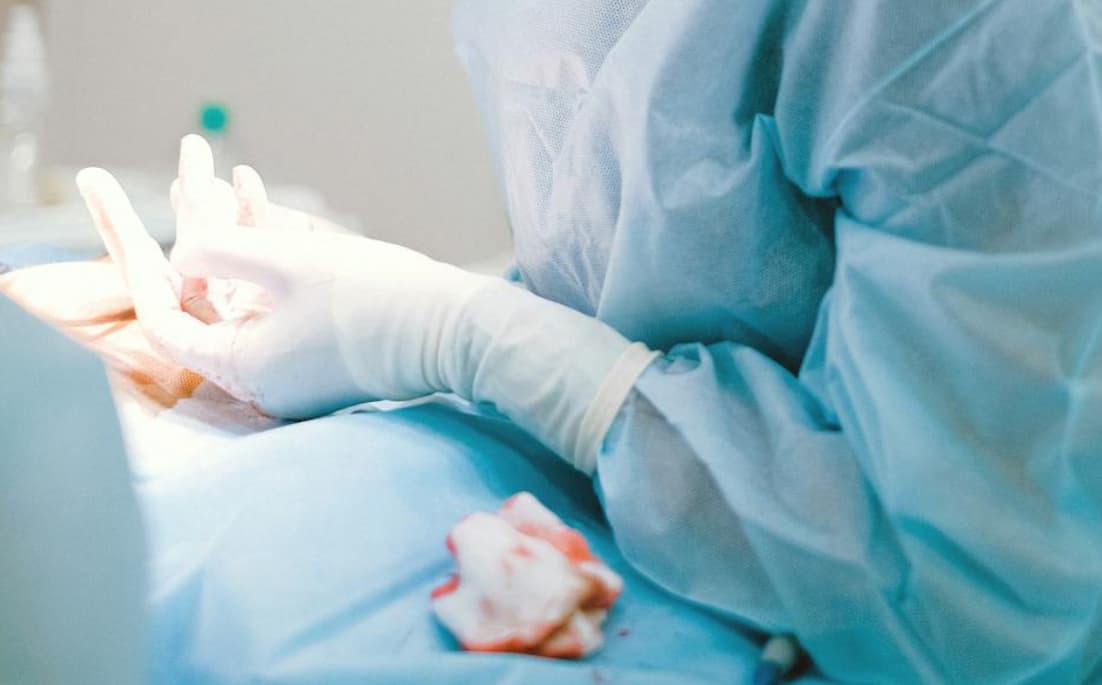Hydrops conditions, specifically hydrops allantois, and hydramnion, represent rare but serious complications during equine pregnancy. These conditions are characterized by the abnormal accumulation of fluid within the placental compartments, posing significant risks to both the mare and the fetus.
Diagnosis and Clinical Presentation
A mare exhibiting signs of either hydrops allantois or hydramnion typically does so post six months of gestation, with a noticeable and rapid increase in abdominal size. Diagnosis is primarily based on a thorough clinical examination, including transrectal palpation and transabdominal ultrasound, revealing an expanded fluid-filled uterus and, at times, an obscured fetus due to excessive fluid volume.
Comparative Insights: Hydrops Allantois vs. Hydramnion
| Aspect | Hydrops Allantois | Hydramnion |
|---|---|---|
| Prevalence | More common in mares | Less common |
| Fluid Volume Increase | Can exceed 100 liters in severe cases | May surpass 50 liters in extreme cases |
| Diagnosis | Detected through palpation and ultrasound | Similar diagnostic approach |
| Fetal Impact | Often leads to non-viability | Similar fetal risk |
| Management | Involves fluid drainage and supportive care | Comparable management strategies |
Managing Hydrops Conditions: A Strategic Approach
Management of both hydrops allantois and hydramnion typically involves controlled drainage of the excessive placental fluid to alleviate pressure on the mare and reduce the risk of severe complications. This procedure, often coupled with the induction of labor to deliver a non-viable fetus, is critical in mitigating risks such as prepubic tendon rupture and hypovolemic shock.
Future Prognosis for Affected Mares
Despite the grim prognosis for fetal survivability in cases of hydrops conditions, the future reproductive health of the mare remains promising. With timely and appropriate intervention, most mares recover and retain the potential to conceive and successfully carry future pregnancies to term, underscoring the importance of early detection and management.
Key Factors Contributing to Hydrops Conditions
- Genetic Predisposition: Although not fully understood, a genetic component may influence the susceptibility of mares to hydrops conditions;
- Vascular Development Abnormalities: Differences in gene expression related to vascular development in the placenta have been identified between normal pregnancies and those affected by hydrops;
- Congenital Abnormalities in the Fetus: These abnormalities can alter fluid dynamics, contributing to excessive fluid accumulation;
- Infection: In a few cases, infections like Leptospira have been implicated in the development of hydrops, suggesting an infectious component;
- Fluid Dynamics Alteration: Changes in the normal fluid dynamics due to fetal abnormalities affecting swallowing and umbilical blood flow may play a role.
Comprehensive Management Strategies for Hydrops in Mares
Management of hydrops allantois and hydramnion in mares is complex and demands a multifaceted approach. The primary goal is to relieve the mare of the excessive fluid burden while minimizing risk to her health. This often involves controlled drainage of the accumulated fluid, a procedure that necessitates precision and care to prevent shock and other complications. Supportive care, including intravenous fluids and medications to manage pain and inflammation, is critical during and after the procedure.
Early intervention is crucial. The veterinarian may opt for induced labor if the fetus is deemed nonviable or if the mare’s health is severely at risk. This decision is made with consideration for the mare’s overall condition, the stage of pregnancy, and the likelihood of the fetus’s survival. In cases where the fetus might be viable, efforts to prolong the pregnancy to allow for further fetal development might be considered, though this is rare and comes with significant risk.
Post-procedure care of the mare is as important as the intervention itself. Monitoring for signs of hypovolemic shock, and infection, and ensuring proper healing are paramount. The mare’s future reproductive potential is generally good, with many able to conceive and carry a pregnancy to term after recovering from hydrops. However, each case is unique, and decisions should be tailored to the individual mare’s condition, history, and the specific circumstances of the hydrops presentation.
Future Directions in Understanding and Managing Hydrops Conditions
The study and management of hydrops conditions in mares remain areas ripe for research and development. Current understanding of the etiology and pathophysiology of hydrops is limited, hindering the ability to predict, prevent, and treat these conditions effectively. Future research aims to unravel the genetic, environmental, and infectious factors that contribute to the development of hydrops, with an emphasis on early detection and intervention strategies that could mitigate the impact on both mare and fetus.
Advances in diagnostic imaging and molecular biology hold promise for identifying mares at risk for hydrops conditions earlier in their pregnancies. This could allow for preemptive management strategies, possibly reducing the incidence and severity of these conditions. Moreover, understanding the genetic basis of hydrops may enable breeders to make informed decisions to reduce the risk of its occurrence.
Treatment protocols continue to evolve, with a growing emphasis on minimally invasive techniques to manage fluid accumulation and strategies to support the mare’s health post-treatment. Collaborative efforts between veterinarians, geneticists, and researchers are crucial in developing evidence-based guidelines for the management of hydrops, ultimately improving outcomes for affected mares and advancing equine reproductive health.
Conclusion
Hydrops conditions in mares, including hydrops allantois and hydramnion, pose significant gestational challenges. Through early diagnosis and targeted management strategies, however, the long-term reproductive health of affected mares can be preserved, highlighting the importance of vigilant prenatal care and intervention.



